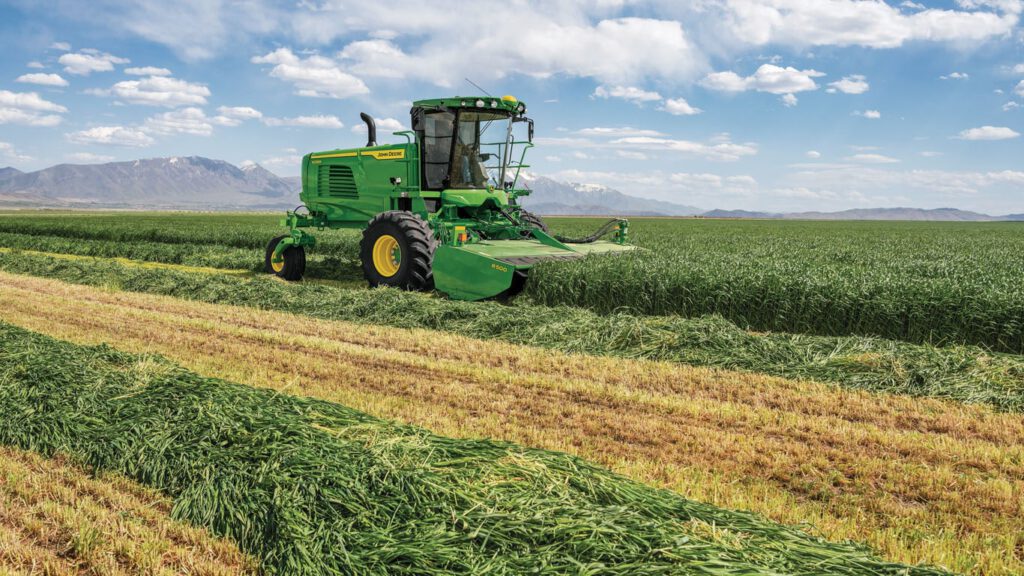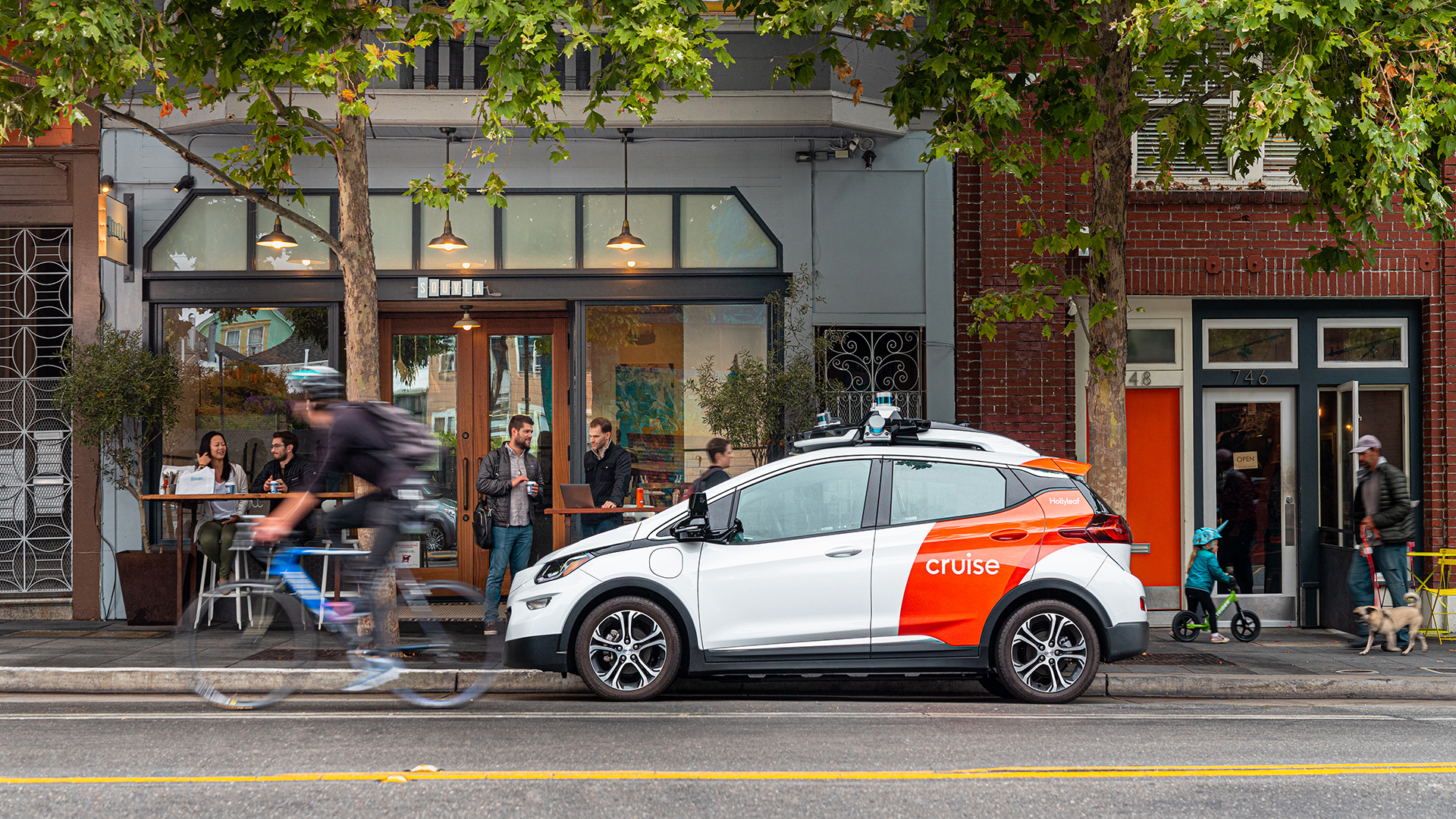The promised deadlines for the appearance of a robotaxi that could be summoned at will to transport us to our daily destinations have come and gone. One might blame the worldwide pandemic, but on closer examination, the reality is the technology is not yet ready for prime time — or general public use.
Autonomous vehicle technology is moving forward on a variety of fronts — most visibly with Cruise and Waymo starting to offer driver-less rides to paying customers. A more concrete symbol of progress may be the multiple millions of dollars that have poured into this sector in support of the diverse set of autonomous vehicles, ranging from mini-food delivery robots to campus shuttles up to heavy-duty long haul trucks.
That does not mean autonomous or self-driving vehicles are not progressing — and in some cases edging into revenue-generating service. While Elon Musk in his inimitable fashion predicted his cars would be able to function as taxis for hire last year, he’s more recently admitted that his Full Self Driving option is really nothing more than really good adaptive cruise control.
The Bench Mark
One of the impediments for autonomous vehicles (AV), and thus, the robotaxi, is the truly challenging task of replacing a human driver with all of his or her complex sensing capabilities with a variety of mechanical devices backed with computers aiming to replicate the human decision-making process. The promise is intriguing — and laudable. After a year of on-road carnage where fatal accidents rose while overall mileage dropped, any tool that can bend that unanticipated spike in driving deaths will be welcomed.

Some in the industry have proposed a somewhat fanciful, if poignant, way to measure the efficacy of a self-driving vehicle. Alex Roy, director of special operations at Argo.ai, one of the top contenders in the AV race, put it simply. In his estimation, a vehicle is autonomous if you can sleep in it on the way to your destination.
Others feel it is less about technology or customers’ perceptions of it than it is about “getting butts in seats.” That’s the view of Mark Rosekind, chief safety innovation officer at Zoox, one of the companies now licensed to field its vehicles without drivers.
Moving Toward AV
The supporting technology is getting better and cheaper. Hardware/software maker AEye says, working with the large automotive supplier Continental, it will have its software-driven adaptive lidar system in volume production by 2024.
On another AV front, tractor maker John Deere acquired Bear Flag Robotics to advance the company’s ability for its machines to work in the field autonomously. Jahmy Hindman, CTO at Deere, said it’s all about “enabling farmers to leverage their resources strategically to feed the world and create more sustainable and profitable operations.”

That profit motive is driving AV advances in an area not everyone saw coming — over-the-road trucking. TuSimple and other companies have vehicles on the road and the technology appears to be doing all that’s asked of it. The move makes sense — interstate highways have limited cross-traffic, well-defined roadways, and limited turns. Moving freight generates revenue to pay for the technology upgrades. The industry is also dealing with an ongoing driver shortage that AVs can help tackle.
Self-driving vehicles are on the move — just don’t expect to summon a robotaxi to your driveway too soon. ■










